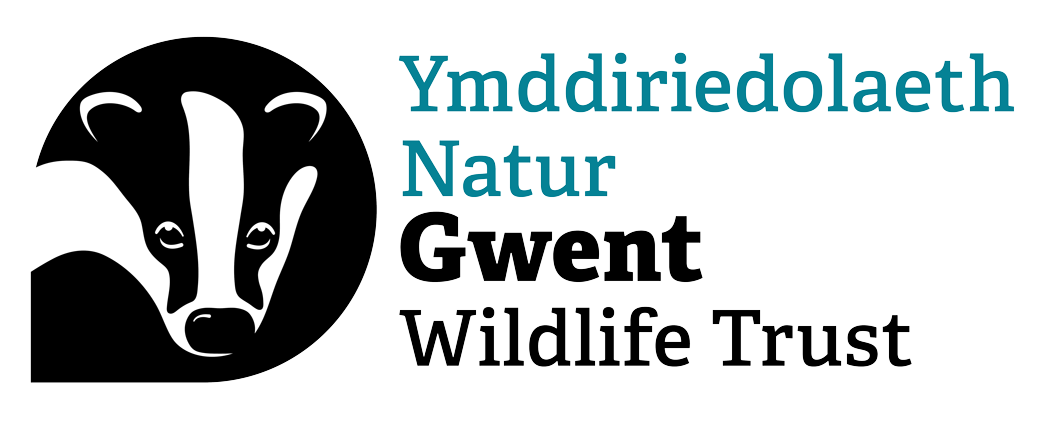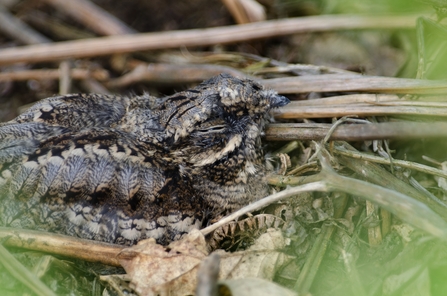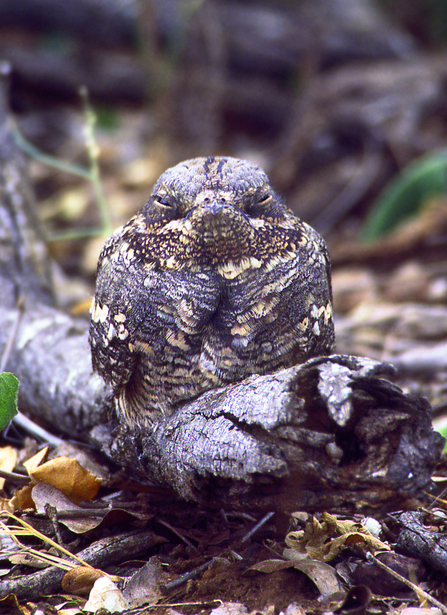Gwent Wildlife Trust and Gwent Ornithological Society are working together on a major recording effort for the wonderful Nightjar, one of Wales' most threatened birds.
They are calling for an army of volunteer citizen scientists to come forward to help map where the Nightjar are present across the whole of Gwent: a census of this size hasn't been carried out in over twenty years.
A fantastic bird of mystery, heard by relatively few, and seen by even less. It occupies the short dark hours of our summer, filling the air with its other-worldly song as the light slowly fades to darkness.


